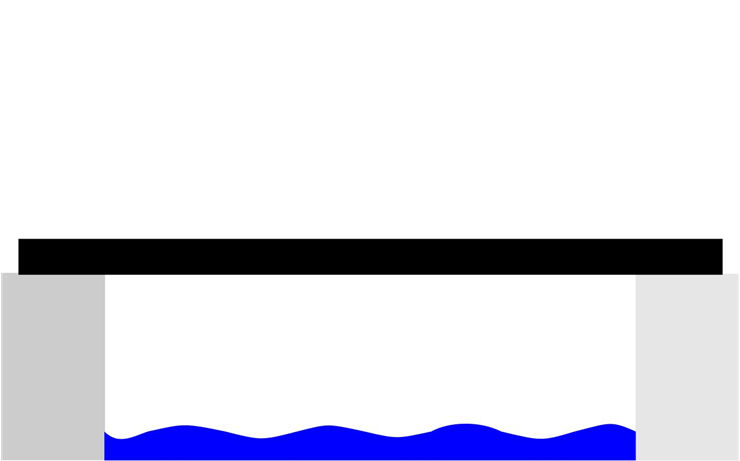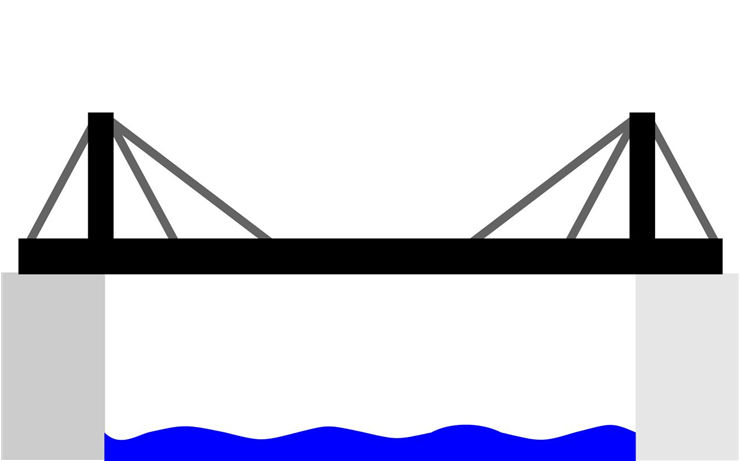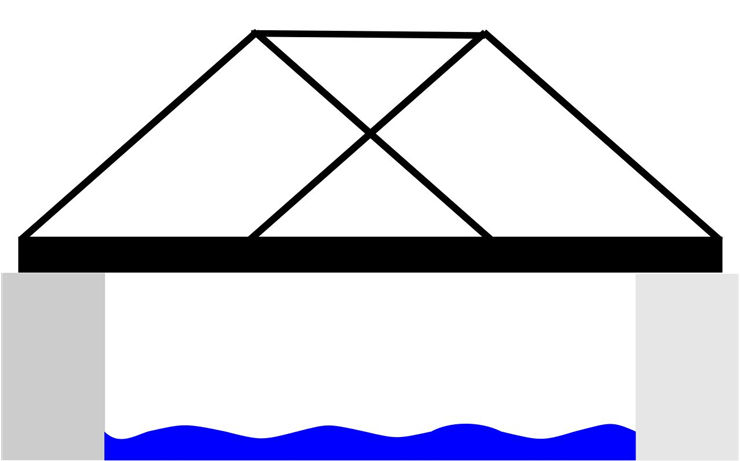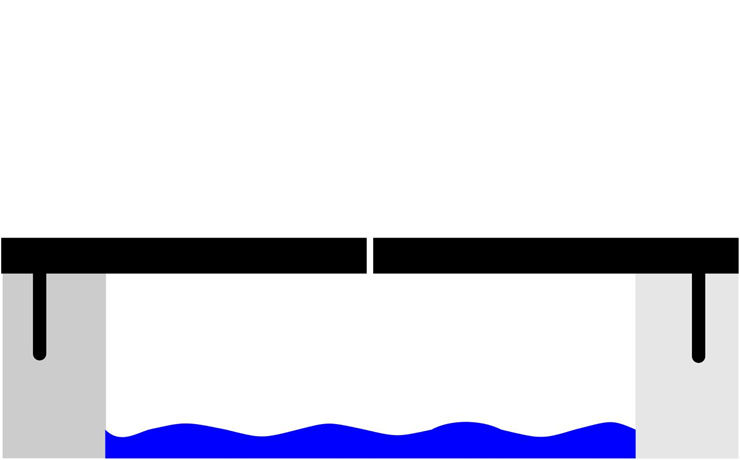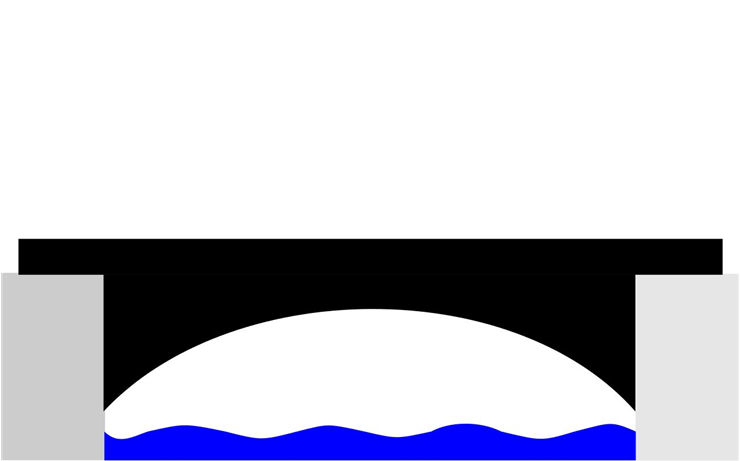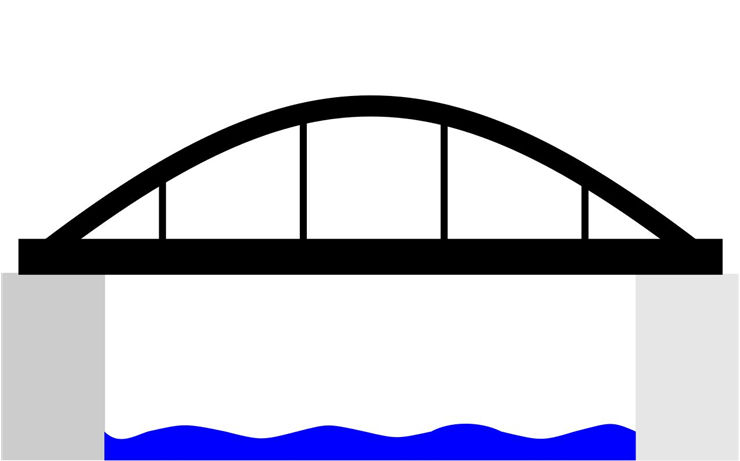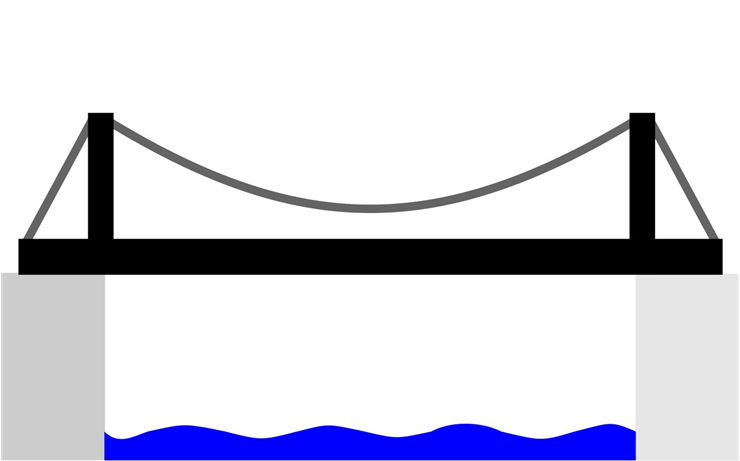Different Classification and Types of Bridges
There are many types of bridges and they can be classified in many different ways: by the type of structural elements used, by what they carry, whether they are fixed or movable, and by the materials used.
By structure they are classified as:
- Beam bridges - main structural element of a beam bridge is a horizontal beam that is supported at each end. They can be simply supported when the beams only connect across a single span, or continuous when the beams are connected across two or more spans.
- Truss bridge is a bridge whose load-bearing superstructure is composed of a truss - a structure of connected elements forming triangular units. They are are one of the oldest types of modern bridges.
- Cantilever bridge is built using cantilevers, structural elements that are supported on only one end and that, from there, project horizontally into space. They are usually made from a pair of continuous spans that extend from opposite sides. Cantilever bridge is constructed similarly to beam bridges but physics (read “forces”) work differently.
- Arch bridge has abutments at each end which hold the weight of the bridge. They are one of the eldest bridge structures and are built since the Ancient Greece.
- Tied arch bridges (or bowstring arches) also have an arch-shaped superstructure but their arch is above the level of the bridge and it holds it from above.
- Suspension bridges hold weight of the bridge with cables. In ancient times these bridges were made from ropes or vines. Today we use steel. Sub-types include the simple suspension bridge, the stressed ribbon bridge, the underspanned suspension bridge, the suspended-deck suspension bridge, and the self-anchored suspension bridge.
- Cable-stayed bridges are similar to suspension bridges and also use cables but their form is different, they have fewer cables and towers that hold cables are much higher.
Bridges can also be fixed or movable. Fixed stay in place from the moment they are built until they fail or are demolished. On the other hand, there are movable bridges are made so they can move out of the way of boats or other traffic that must pass bellow them but couldn’t because the bridge is too low. They are usually electrically powered. In the middle, there are temporary bridges that are made so they could be assembled and disassembled when they are no longer needed. They are used by military or in emergencies.
- Double-decked (or double-decker) bridges are built to have two levels. These two levels sometimes are of the same type while in other cases they can carry different types of traffic (train, road traffic...).
- Three-way bridges connect three different points. They are very rare and there are today only 24 of them.
- A viaduct is a bridge made of several small spans for crossing a valley or a gorge. The term viaduct comes from the Latin via which means road and ducere which means to lead something. Ancient Romans did not use the term - it comes from an analogy with aqueduct.
Before the Industrial Revolution bridges were made out of timber, stone and masonry. Today we build bridges in concrete, steel, fiber reinforced polymers, stainless steel or combinations of these materials.
